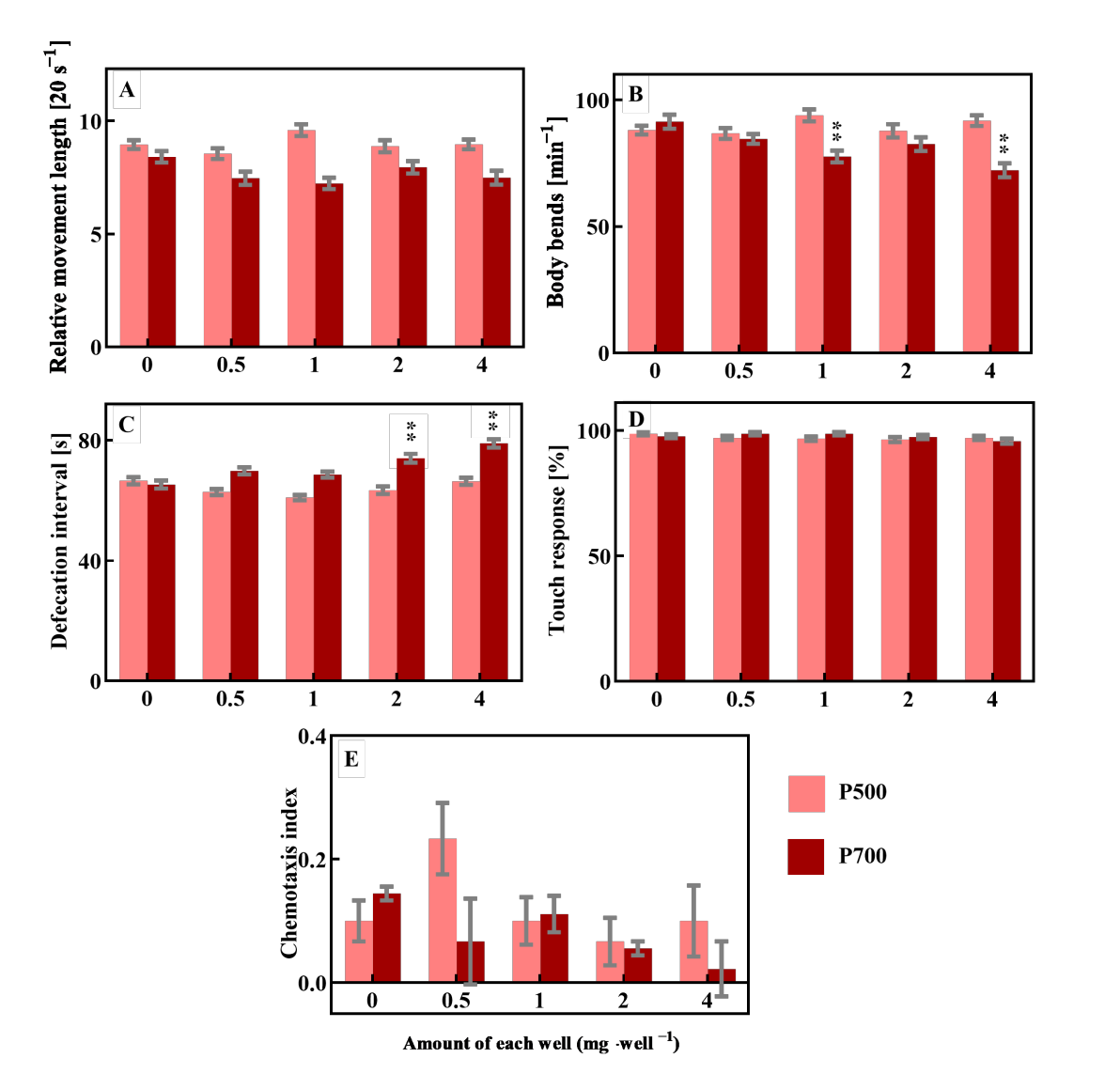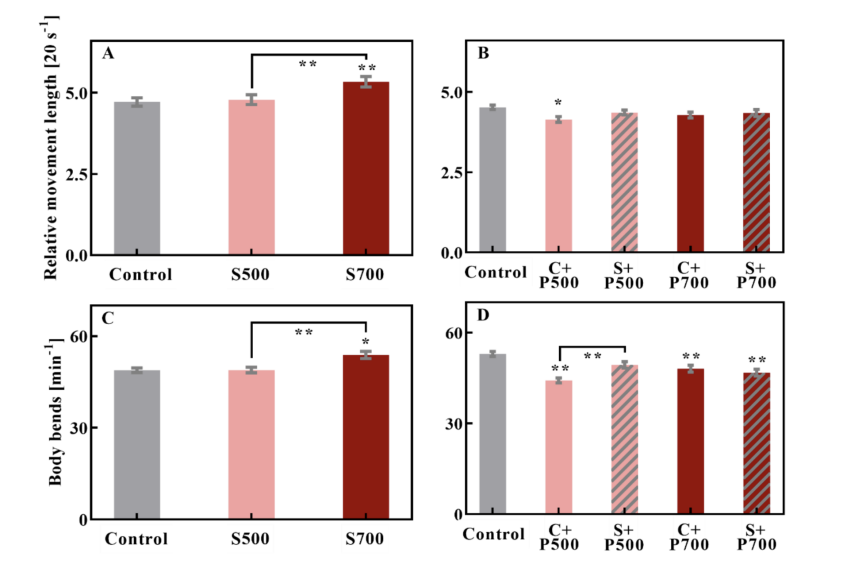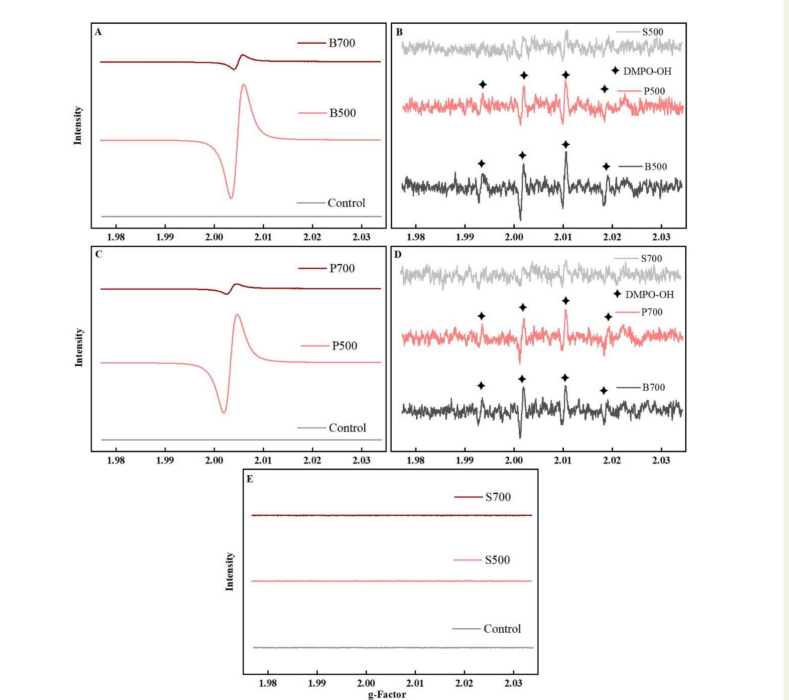Navigating the Labyrinth: Biochar's EPFR Enigma and the Orchestration of Soil Life
2024-02-02 10:44
Biochar, the enigmatic champion of soil health, is renowned for its vast array of environmental benefits. Its ability to sequester carbon, enhance fertility, and mitigate greenhouse gas emissions has propelled it to the forefront of sustainable agriculture. Yet, beneath this virtuous facade lurks a crisis: environmentally persistent free radicals (EPFRs). These highly reactive molecules, born in the fiery crucible of pyrolysis, pose a threat to the intricate balance of soil ecosystems. A recent study by Fang et al., published in Environmental Science & Technology, sheds light on this intricate issue. Through the lens of the Caenorhabditis elegans, the research explores the complex relationship among biochar, EPFRs, and soil vitality. This meticulous investigation dissected the nuanced interplay between biochar's temperature-dependent EPFR production, the enigmatic interplay of dissolved organic matter (DOM), and the ultimate impact on soil organisms.
Only washed particles from 700℃ pyrolysis caused neurobehavioral changes
The researchers crafted two distinct biochars, each forged at two different temperatures: 500℃ and 700℃. After 24h exposure to unwashed biochars and supernatants, none of the neurological parameters tested was significantly altered by any biochar concentration. For washed biochar particles, a reduction in body curvature was accompanied by an increase in the defecation interval (Figure 1B,C). The consequences of the reduced rate of body bends could be an impaired ability to reach food and avoid stressful or risky places. The prolonged defecation interval was considered a possibility of neuronal damage. Relative movement length, touch response, and chemotaxis did not change for any particle exposures tested (Figure 1A,D,E).

Figure 1. Biomarker of worms treated with the two distinct biochars.
DOM Can Modulate the Toxicity of EPFRs
EPFRs have been found in biochars and have been shown to have the potential to inhibit grain seedling growth and modulate C. elegans behavior. Dissolved organic material plays an essential role in the formation and stability of EPFRs and can affect EPFR activity. Biochar, as a source of DOM, can release significant amounts of DOM into the soil under rainfall and irrigation conditions. Studies found that the nematode C. elegans prefers to live in DOM-rich environments, both in nature and under laboratory conditions, and that DOM extends their lifespan and increases their reproductive capacity.
To test whether DOM can modulate the toxicity of EPFRs, supernatants and particles of 500 ℃ and 700℃ biochar were selected to determine the effect of DOM. DOM derived from the 500℃ biochar acted as a protective shield, effectively mitigating the deleterious effects of its own EPFRs. Nematodes bathed in this protective aura exhibited near-control levels of locomotion (a negligible 0.8% decrease) and a substantial reduction (80.6%) in the prolonged defecation intervals observed in the 700℃ treatment group, highlighting the DOM's remarkable buffering capacity. Unfortunately, DOM from the 700℃ biochar, while offering some degree of protection (a 14.7% decrease in locomotion and 48.4% decrease in defecation intervals), proved demonstrably weaker in its buffering capacity, suggesting a diminished ability to subdue the aggressive EPFRs (Figure 2).

Figure 2. The effect of DOM in buffering the harmful impact of EPDRs.
Further analysis revealed a dose-dependent relationship between biochar concentration, EPFR activity, and DOM's mitigating potential. Higher biochar concentrations amplified both the neurotoxic effects and the protective influence of DOM (a non-linear increase in both responses), highlighting the importance of biochar application rates in managing potential risks. Notably, EPR analysis not only confirmed the higher EPFR content of 700℃ biochar but also revealed the absence of detectable EPFRs in the leached DOM (Figure 3). This observation suggests that not only the concentration but also the accessibility and activity of EPFRs play a crucial role in determining their overall toxicity. But EPR analysis offers more than just a simple quantification of EPFRs. By scrutinizing the intricate details of the EPR spectrum, researchers can glean valuable insights into the type and nature of these radicals. Fang et al. employed this advanced technique to differentiate between organic and inorganic free radicals in their biochar samples. Interestingly, they discovered that organic radicals comprised the majority of the EPR signal, suggesting a potential link to the complex organic molecules within biochar's structure. This finding adds another layer of complexity to the narrative, hinting at the potential influence of biochar's composition on the generation and activity of EPFRs.

Figure 3. The EPR spectra of biochars at 500 and 700℃.
While EPFRs undoubtedly pose a potential threat, their harmful effects are intricately intertwined with biochar's production temperature, the enigmatic symphony of DOM, and the specific organism in question. Biochar produced at lower temperatures appears to yield less potent EPFRs and benefits from the stronger shield of DOM, while harsher pyrolysis can unleash a double whammy of aggressive radicals and weaker organic protection. Therefore, the question of whether biochar serves as a friend or foe to soil life necessitates a deeper understanding of these intricate relationships. Biochar's production temperature, the surrounding soil's organic composition, and the specific type of biochar all hold the key to its ultimate impact on soil organisms. Further research is crucial to optimize biochar utilization, ensuring that its environmental benefits outweigh its potential risks. Only then can we orchestrate a vibrant soil ecosystem where even the tiniest nematodes can thrive, basking in the harmonious balance between biochar's potential and the protective melodies of the soil.
Reference:
Zhang, X.; Saul, N.; Lieke, T.; Chen, Y.; Wu, M.; Pan, B.; Steinberg, C.E.W. Biochar Extracts Can Modulate the Toxicity of Persistent Free Radicals in the Nematode Caenorhabditis elegans.
Appl. Biosci. 2023, 2, 71–83. https://doi.org/10.3390/applbiosci2010007





